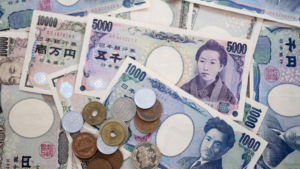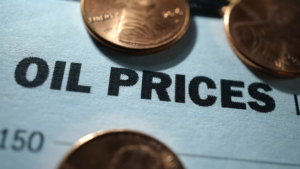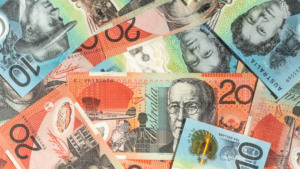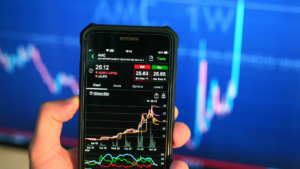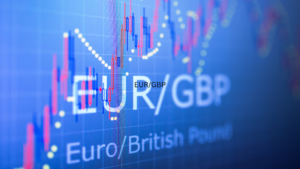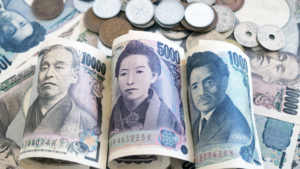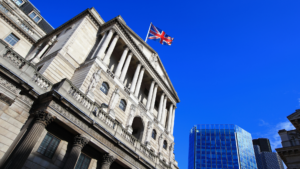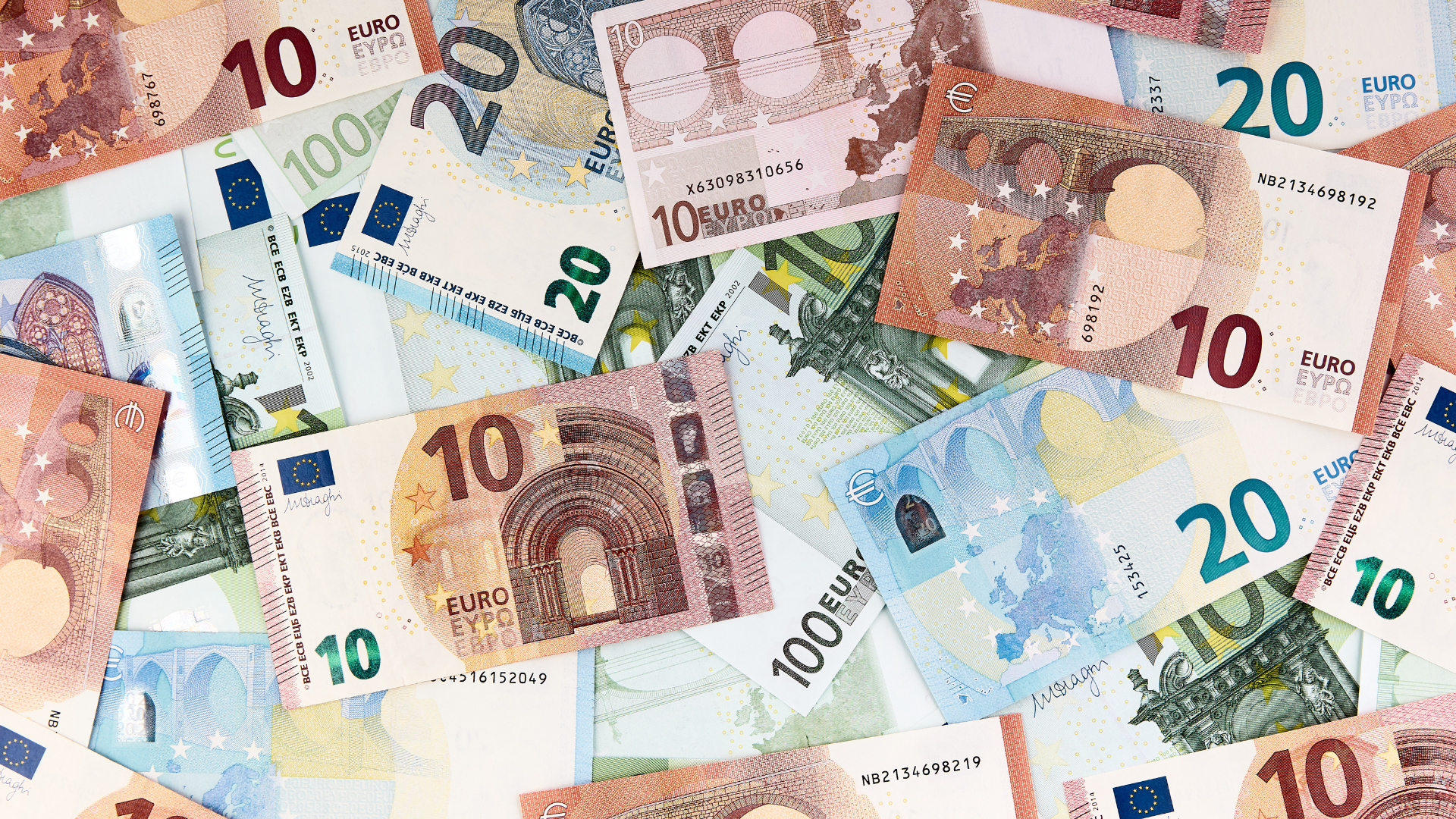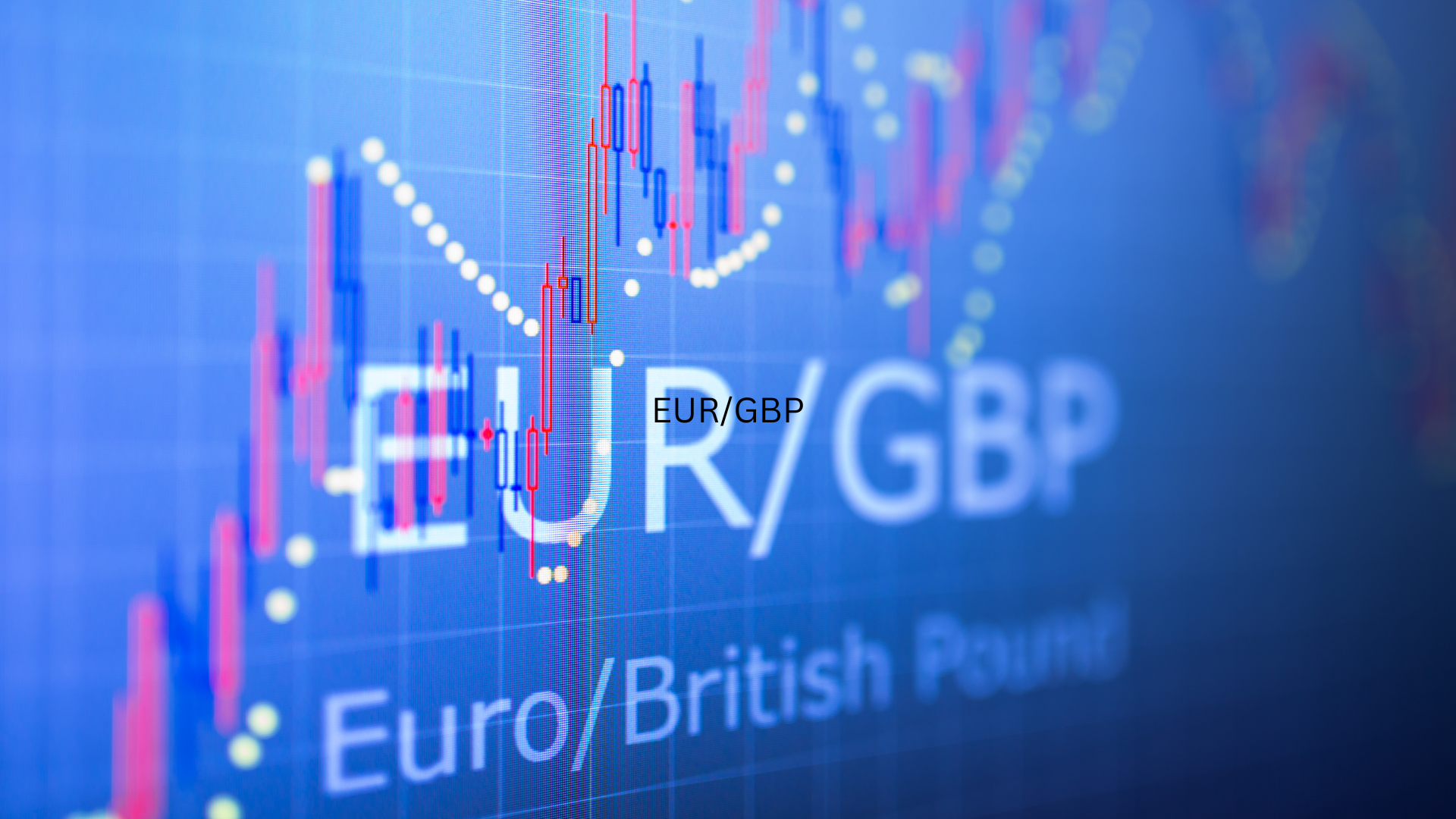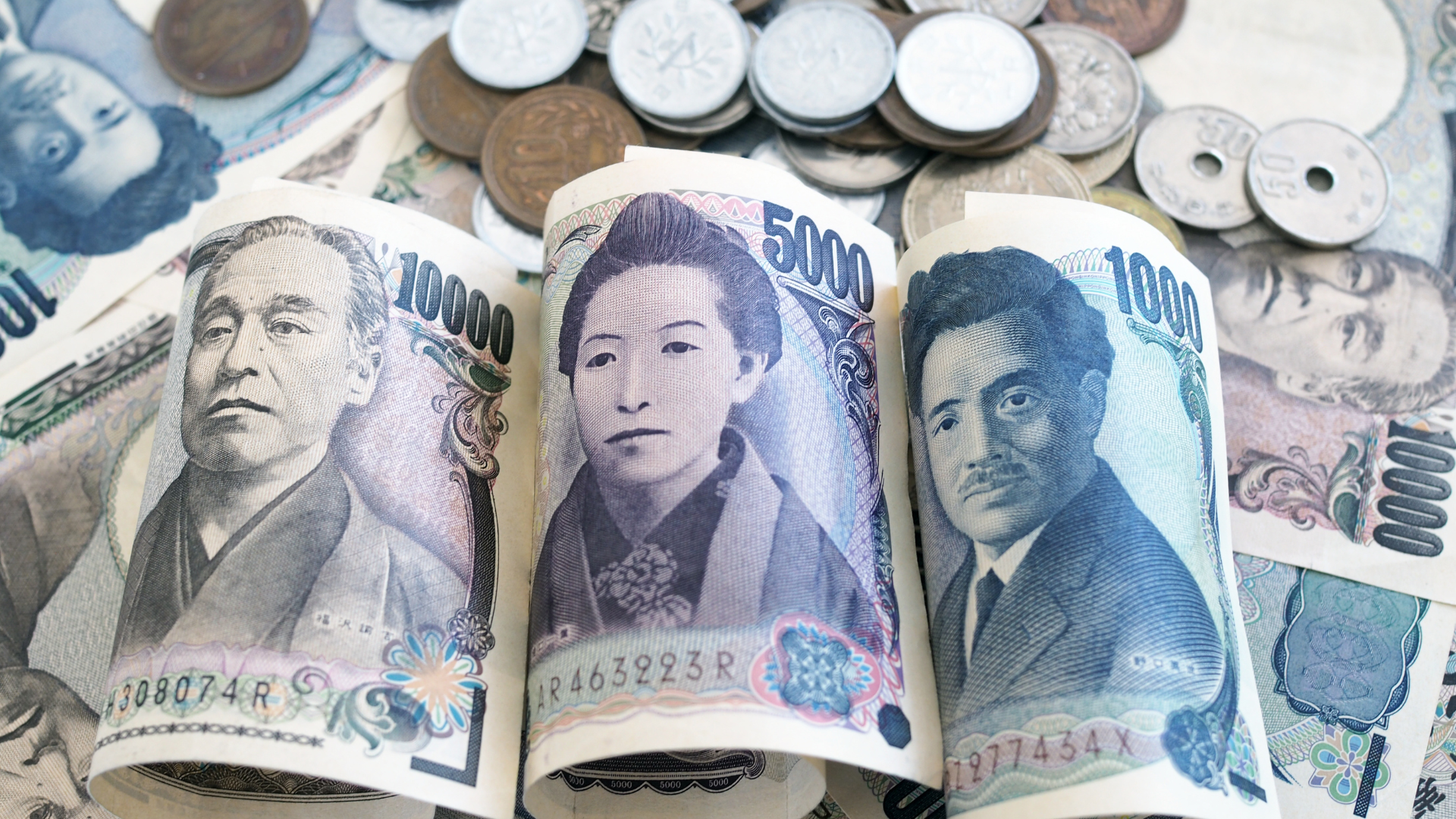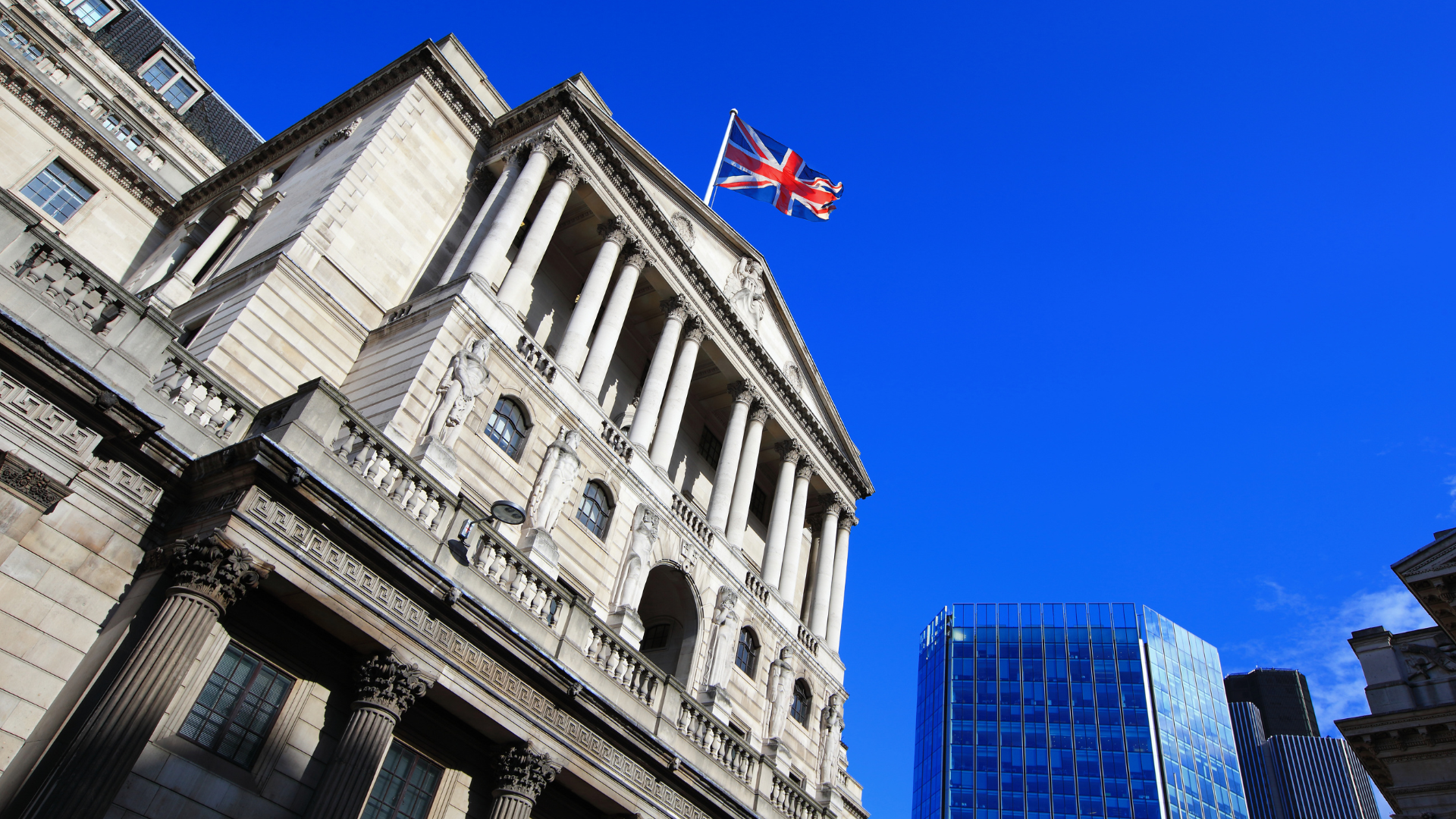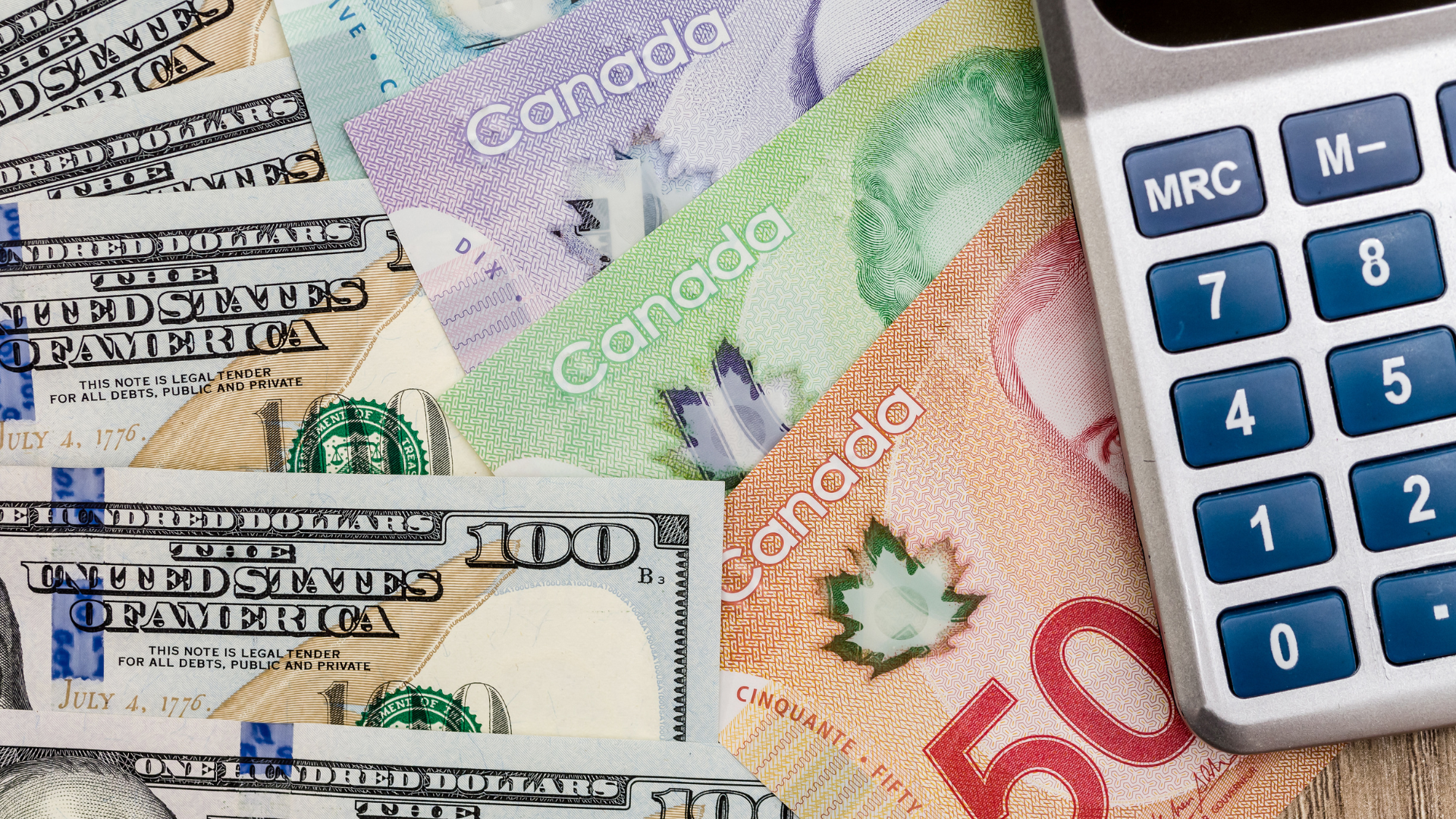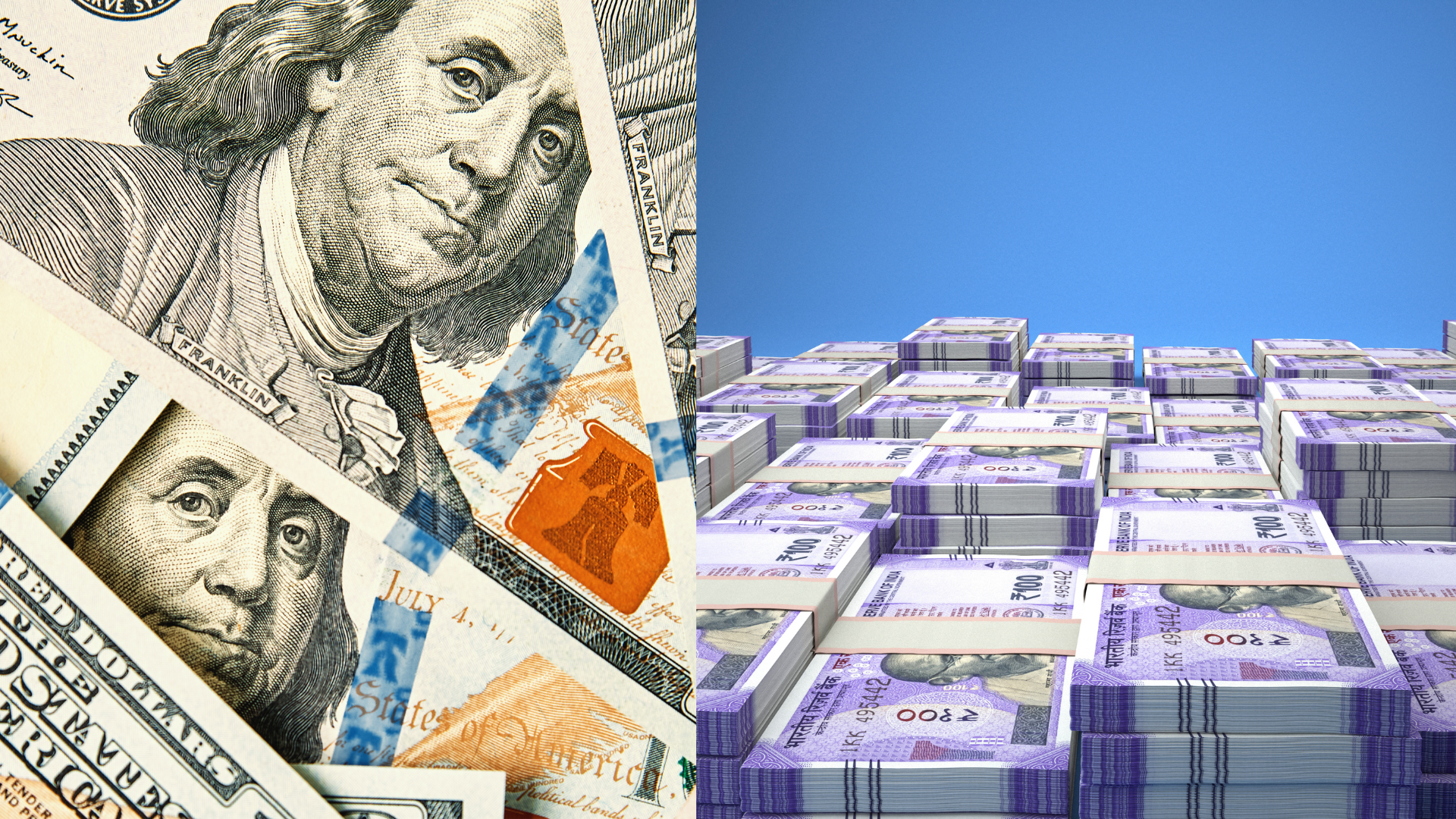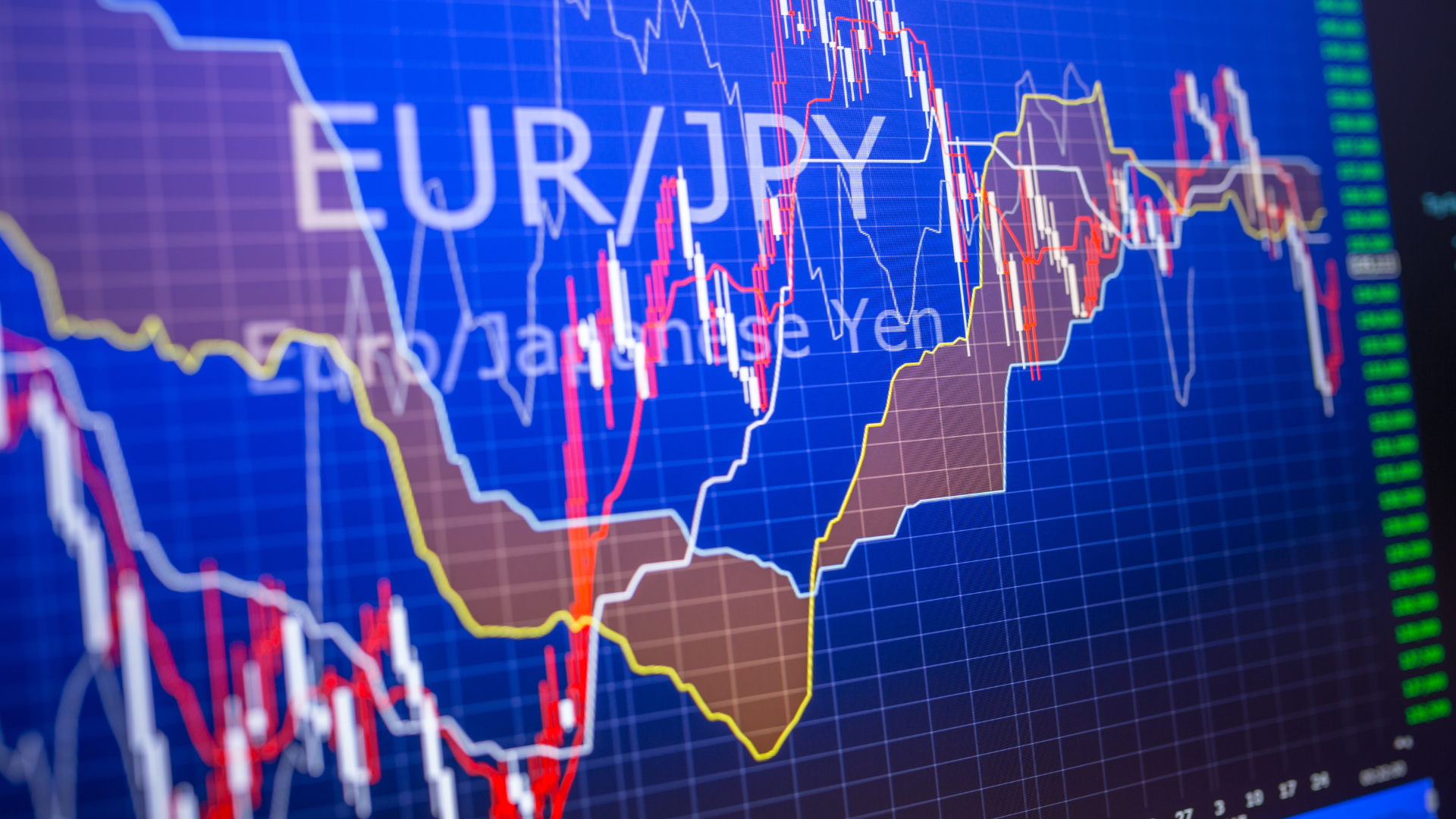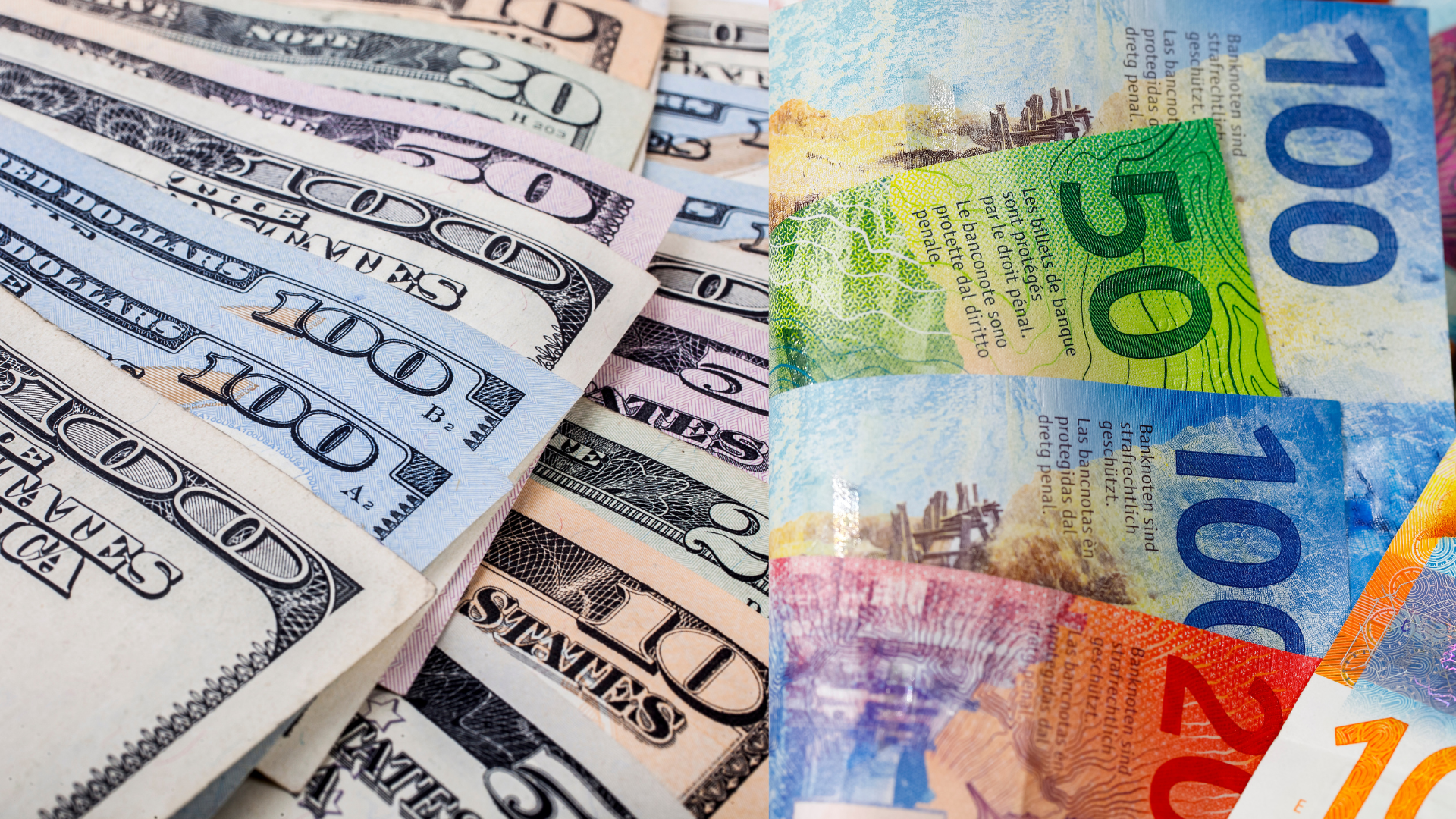The EUR/USD pair climbed on renewed investor confidence, as risk appetite made a strong comeback in global markets. The shift in sentiment has given the euro a boost against the U.S. dollar, reversing recent losses amid expectations of improved economic conditions.
The move comes as investors rotate out of safe-haven assets, pushing equities higher and reducing demand for the dollar, which had been benefiting from risk aversion. Signs of economic resilience in the eurozone and speculation that the European Central Bank (ECB) may hold rates steady for longer have also contributed to the euro’s strength.
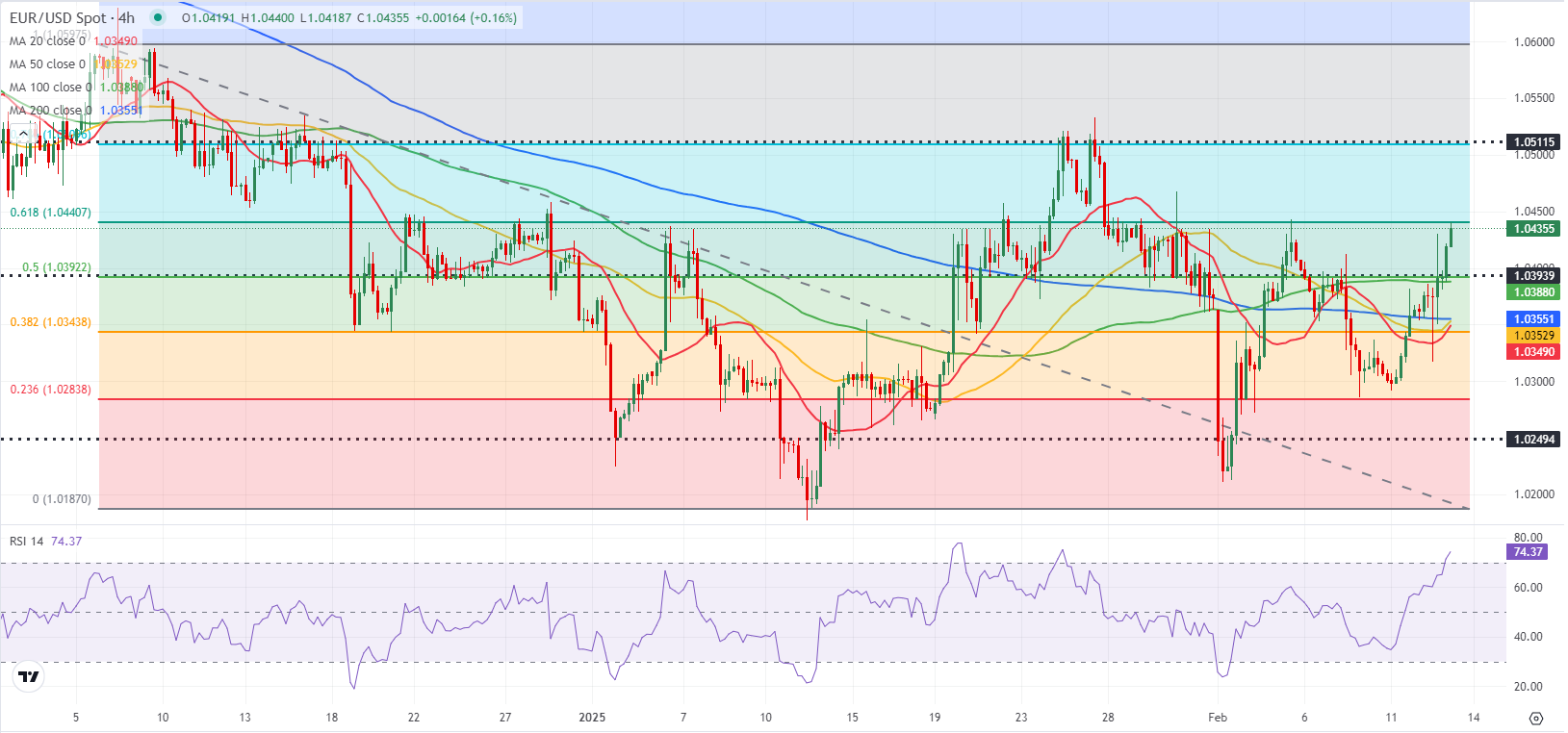
EUR/USD 4-H Chart as of February 13th, 2025 (Source: TradingView)
At the same time, softening U.S. economic data has put pressure on the dollar, leading some traders to reassess the Federal Reserve’s rate outlook. While inflation remains a concern, recent indicators suggest that the Fed’s tightening cycle could be nearing its peak, which has dampened the greenback’s momentum.
The rally in EUR/USD reflects broader market positioning, with traders increasing exposure to risk assets amid easing concerns over global growth. A rebound in eurozone manufacturing and services activity has added to the optimism, reinforcing hopes that the region’s economy may be more resilient than previously expected.
Despite the current upswing, challenges remain for the euro. The ECB remains cautious about inflation risks, and any signs of economic slowdown could shift sentiment quickly. Additionally, global uncertainties, including geopolitical tensions and shifting central bank policies, could lead to renewed volatility.
For now, investors are closely watching upcoming economic releases and central bank commentary to gauge the sustainability of the euro’s gains. If risk-on flows continue, EUR/USD could extend its upward trend, but any shift in sentiment could quickly stall the rally.
With markets in flux, traders remain focused on data and policy signals that could determine the next major move in EUR/USD, as momentum remains tied to shifting risk dynamics.


